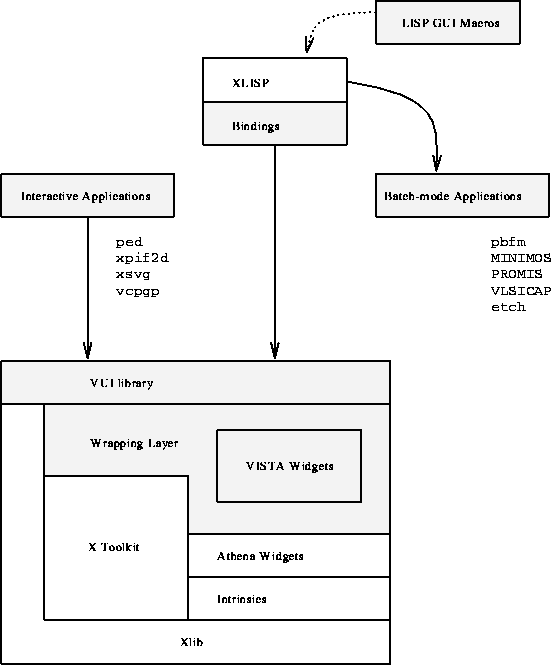
Figure 3.1: Simplified structure of the VISTA user interface. Shaded boxes represent VISTA's extensions to the public domain products XLISP and the X Window System.





The structure of the VISTA user interface is shown in Figure 3.1. The bottom layer is formed by the X Toolkit [74] and basic functionality is provided by the generic Athena widgets, which are part of the MIT X11 distribution. This widget set has been preferred to any other open standard, because a migration from these low-functionality, generic widgets to other widget sets (like OSF/Motif, or Open Look) is significantly easier than vice versa. A wrapping layer has been put on top of these widgets in order to achieve widget-set independence.

Figure 3.1: Simplified structure of the VISTA user interface.
Shaded boxes represent VISTA's
extensions to the public domain products XLISP and the
X Window System.
In addition specialized VISTA widgets have been developed for supporting TCAD-specific information flow. The top layer, the VUI (VISTA User Interface) library provides some often needed higher-level operations and also contains most of the policy which is shared among VISTA applications.
Interactive applications (like visualization clients or the device editor) have their own VUI-based user interface, whereas applications requiring no user interaction (like simulators or converters) are provided with a front-end user interface which is executed by the XLISP interpreter.